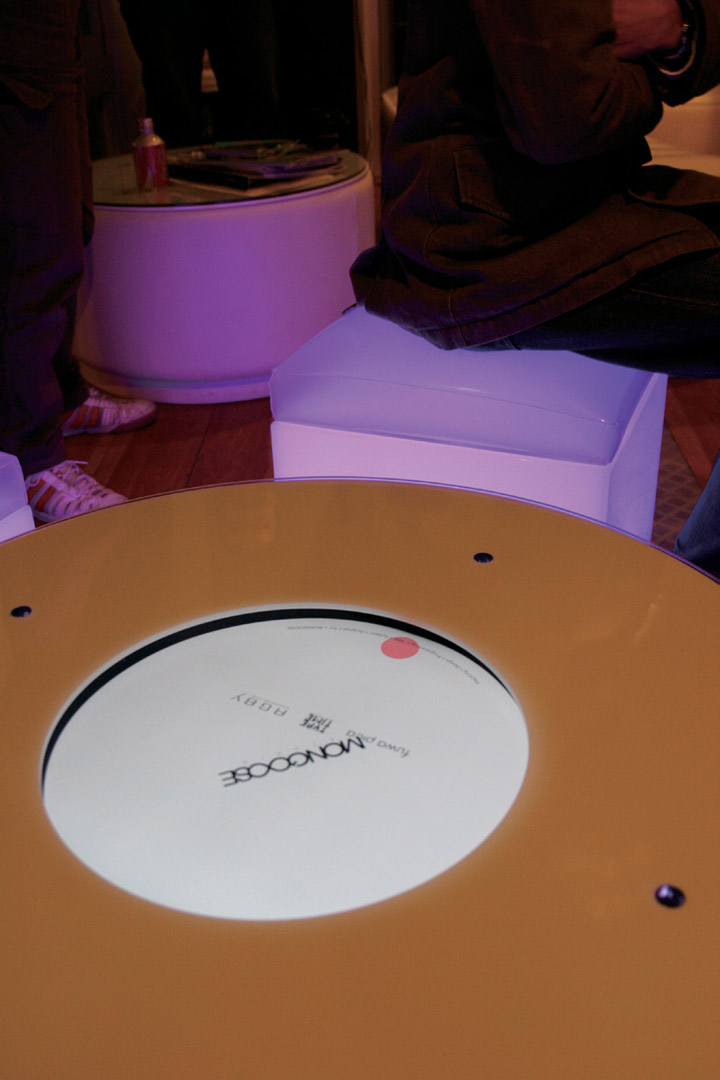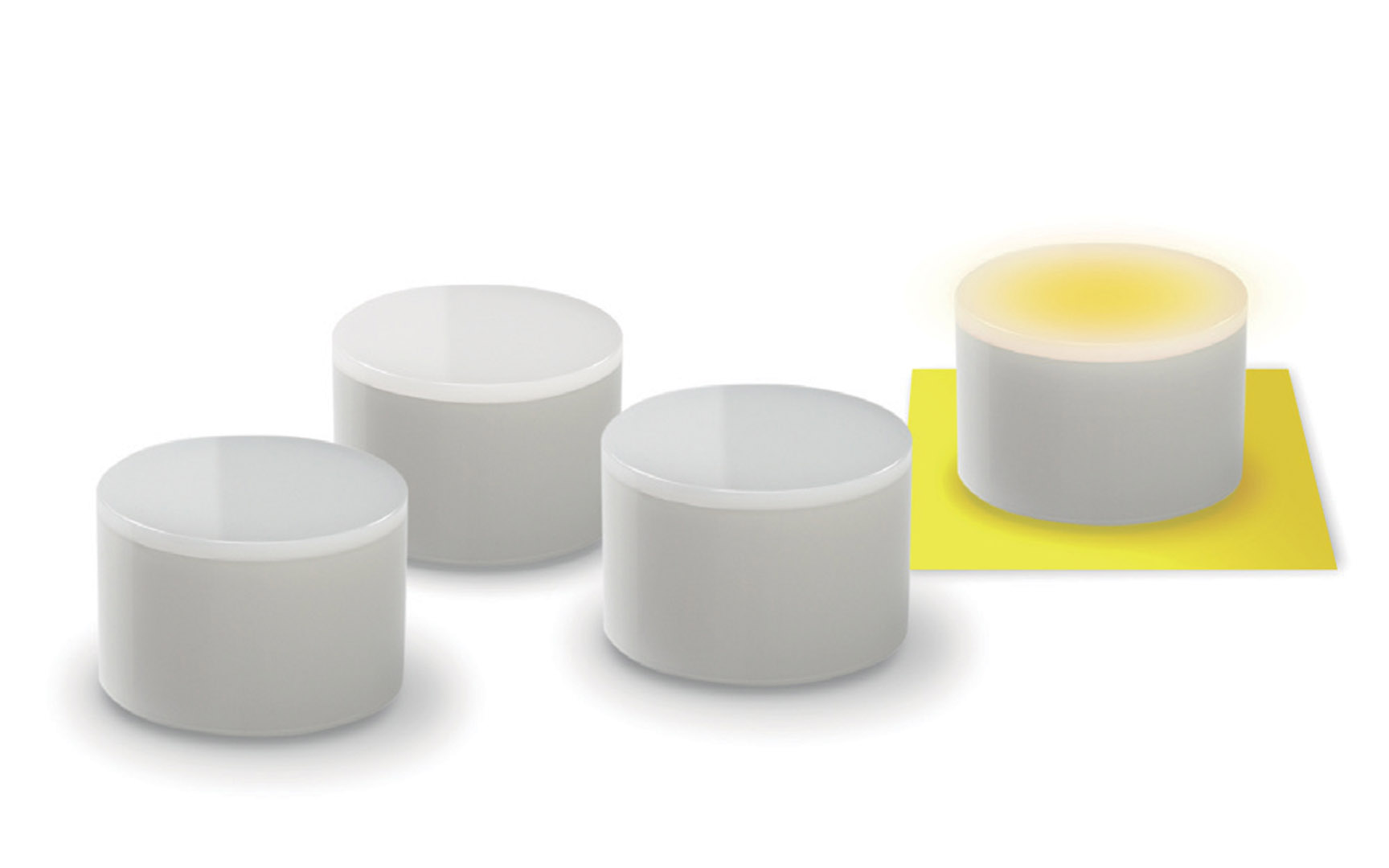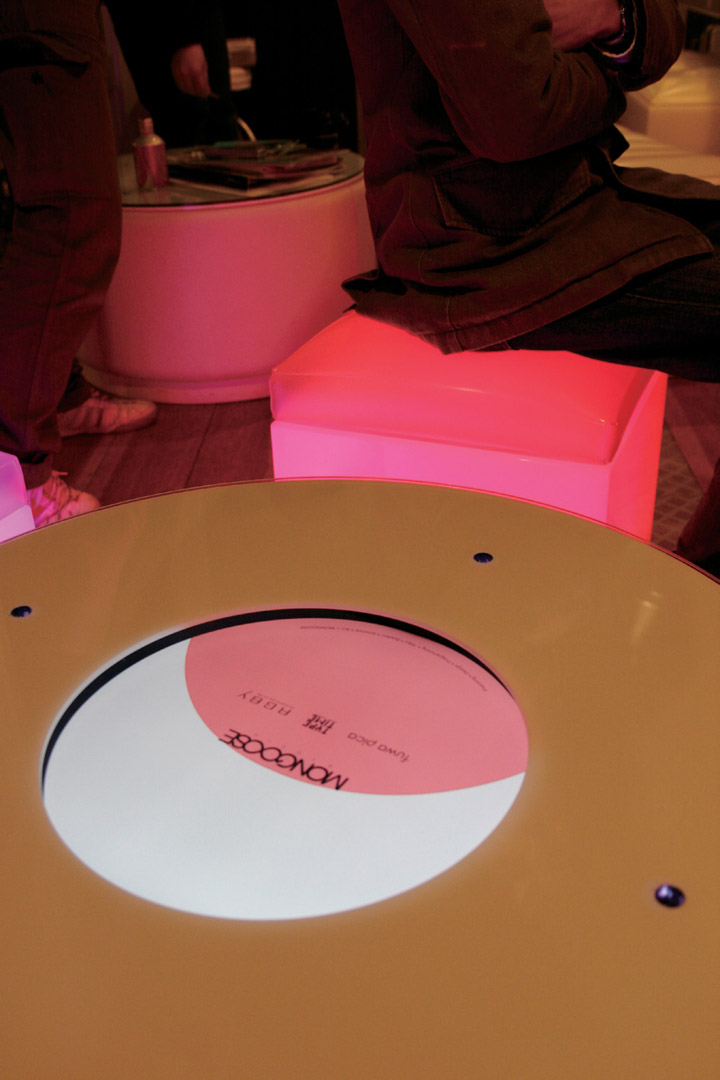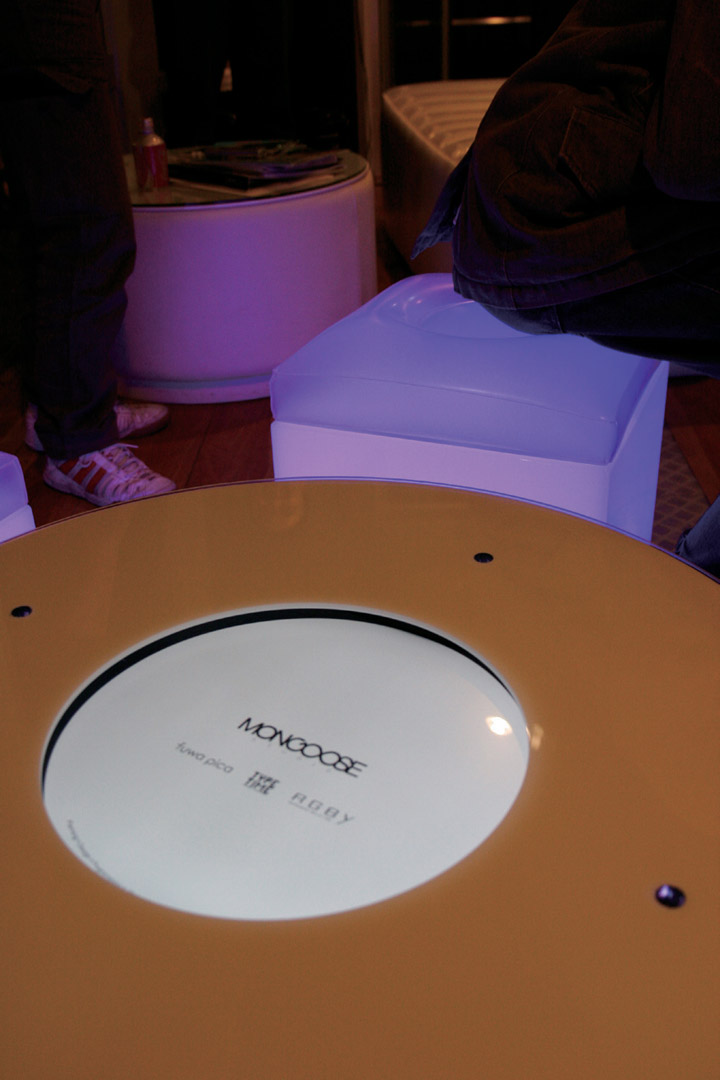“Fuwapica Suite” by Matsuyama, Yagisawa, Inokuchi, Kawamura, Kuze, et al. …
Conference:
- SIGGRAPH 2007
-
More from SIGGRAPH 2007:


Type(s):
Entry Number: 07
Title:
- Fuwapica Suite
Presenter(s):
Description:
1. Introduction — future furniture
Ancient Japanese used to believe that Gods lived not only in nature but also in artifacts. They thought Gods lived in every pairs of chopsticks, every dishes, and every furniture surrounding them. Legend says ancient people used to talk to the Gods inside such commodities and everyday tools as if such stuffs had their souls themselves. Particularly furniture and houses surrounding people had been thought that they were even breezing (breezing is called ki in Japanese). Those people thought they had breezed together with furniture and house, they had interacted with those artifacts, and they had interacted each other by communicating to and sharing with those artifacts without words.
That idea of ubiquitousness of Gods is still living in Japan of 21st century. A word monogatari, which means story, can be separated into mono and katari (gatari), which is meaning artifacts (mono) tell (katari) something to us. You probably would find the same concept of monogatari (artifacts tell you something) in Gibson’s Affordance theory, which is widely accepted in human interface research. You can think of ki (breezing) of artifacts is a sort of ultimate affordance of the artifacts [1-3]. A Japanese media artist Tosa demonstrated such storytelling model in interactive art called ZENetic computer from the viewpoint of Zen concept [4].
The spirit of monogatari still lives; however, furniture seems to keep silence nowadays. The authors think that furniture is still wanting to talk to you (and some of us can hear it). The authors think they would be able to give some lost aspects of monogatari of furniture once again with modern computer and sensor technologies. They call the furniture that can breeze and talk future-furniture. This naming may be a little bit misreading: remember the furniture is breezing and talking all the time, the reason of the silence should be inspected inside us.
Other Information:
- J. J. Gibson: The Ecological Approach to Visual Perception; Lawrence Erlbaum Associates, 1979.
- C. G. Jung: Synchronicity – An Acausal Connecting Principle; Bollingen Foundation, 1973.
- Kazuo Kawasaki: Design Gambit (in Japanese), ASCII Press, 2006.
- Naoko Tosa, Seigow Matsuoka: ZENetic Computer; Proc. ACM Siggraph 2004, Emerging Technologies, 2004.
- Ichi Kanaya, Shinya Matsuyama, and Makoto Hirahara: The RGBy desk; Proc. ACM Siggraph 2006, Poster 0047, ACM, 2006.
References
Additional Images:









